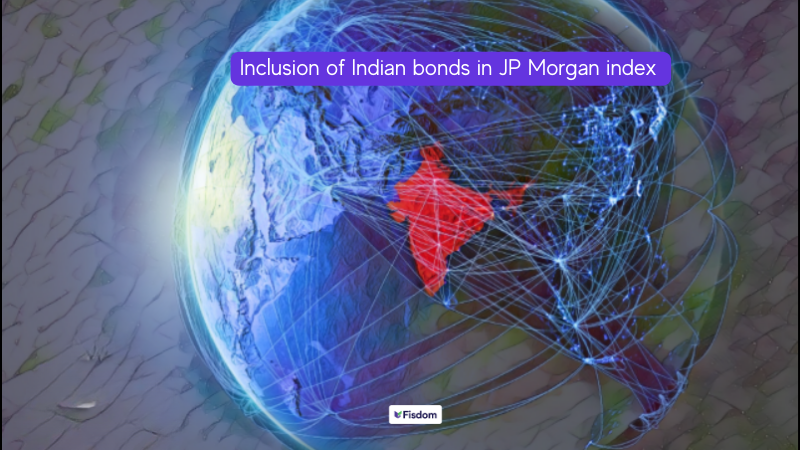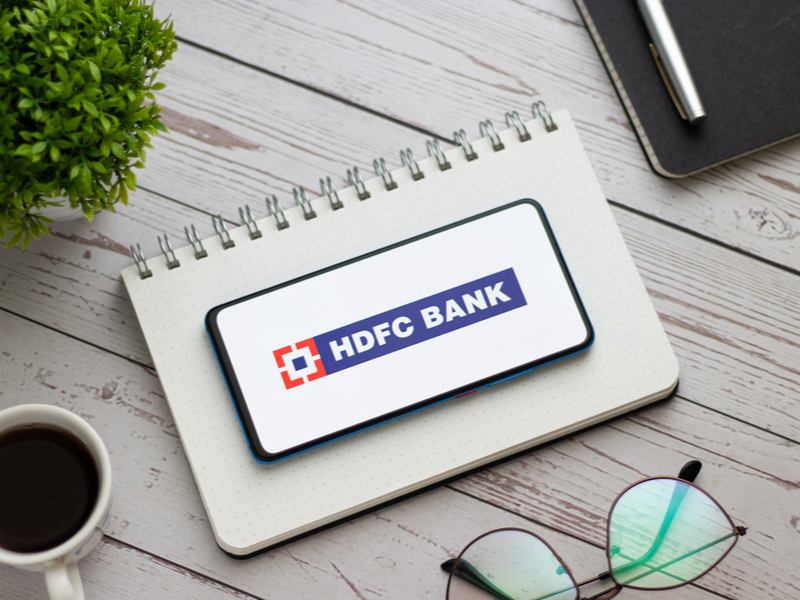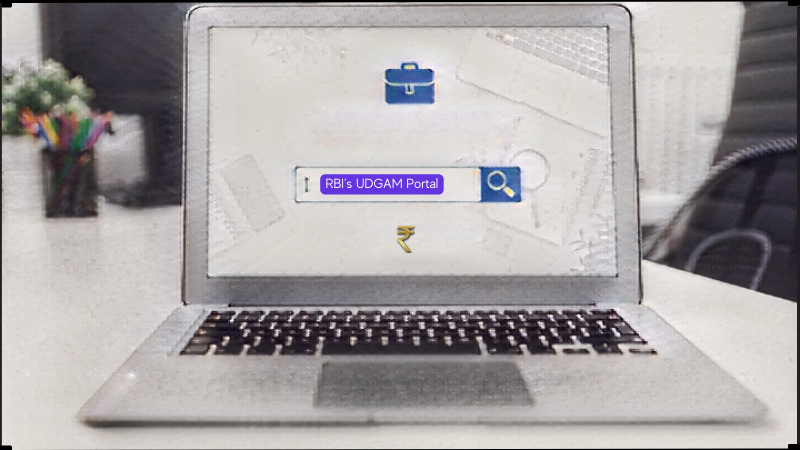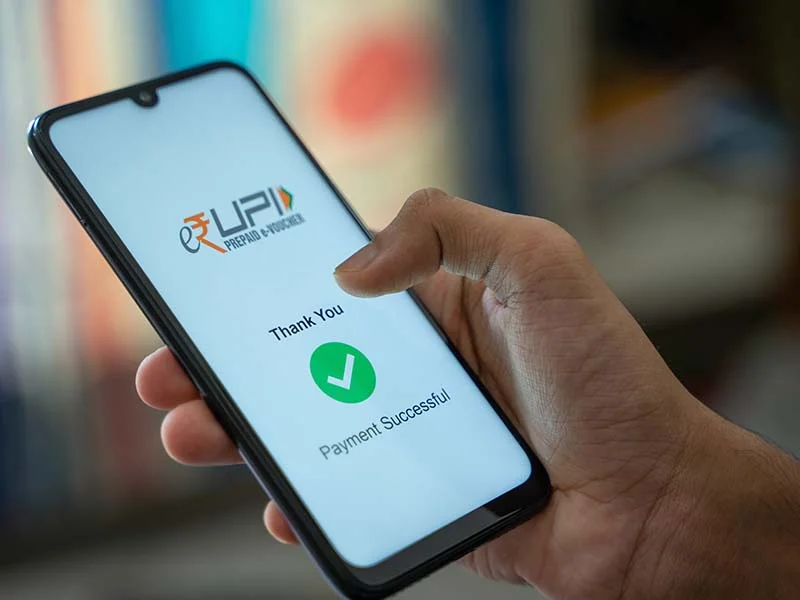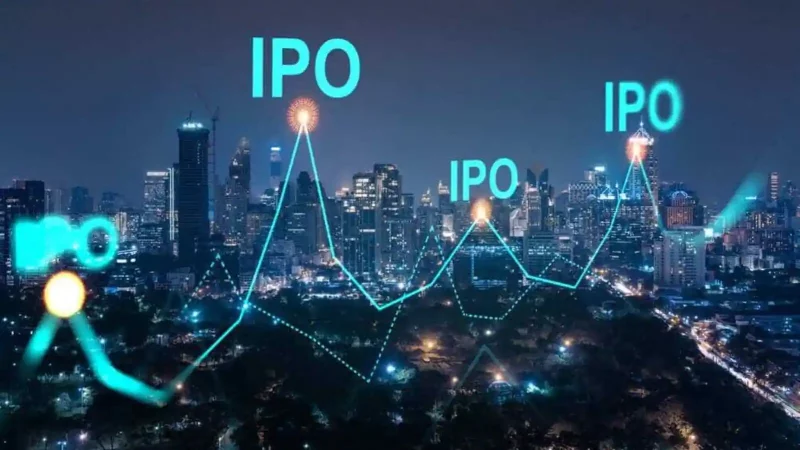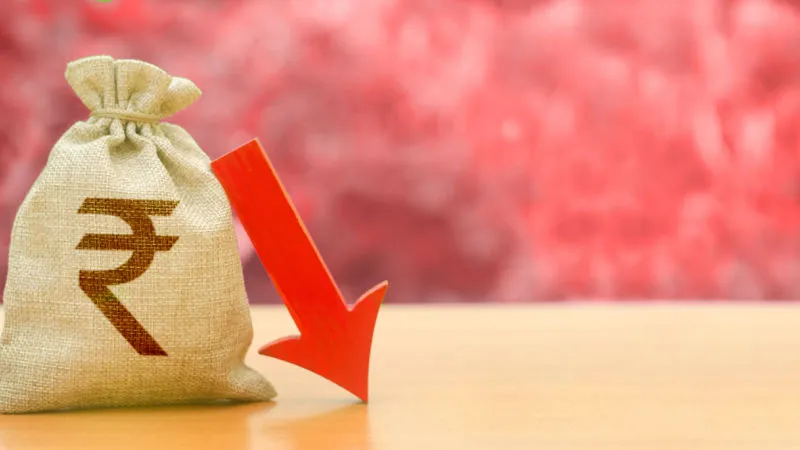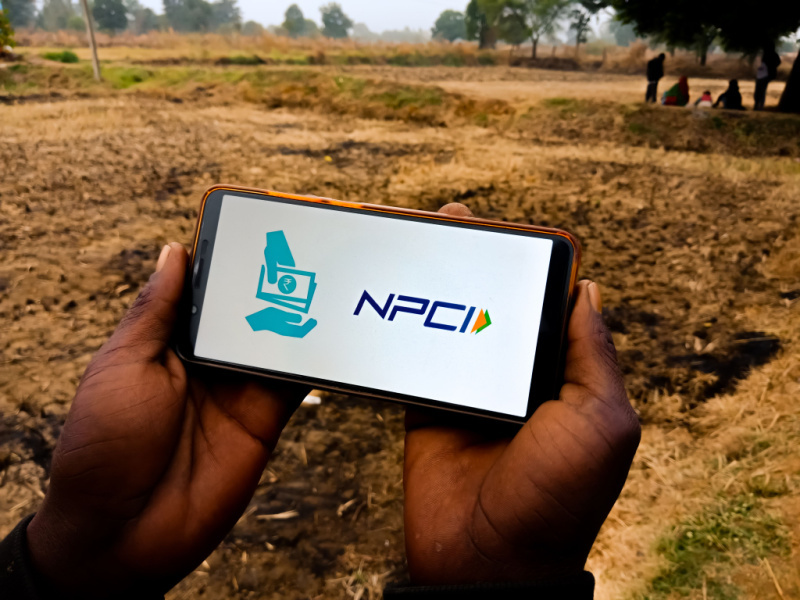
Not very long ago, most of us had to stand in long queues at banks and ATMs for cash withdrawals or even money transfers. Now, as we are inching towards a cash-less economy, physical notes and cheque payments as settlement modes are slowly becoming things of the past. Most customer-facing businesses these days, offer digital payment solutions that allow for safe and seamless money transfers.
Today, we are used to the neighbourhood grocery or kirana store, milk vendors or any small store in remote locations sporting QR scanners that allow us to make instant online payments. Needless to say, India’s digital payments revolution is taking place right in front of our eyes. This is in alignment with the Government of India’s aim to achieve a cash-less economy within the next few years.
Let us have a look at how the digital payments space in India has undergone a revolution and the role of the National Payments Corporation of India (NPCI) in enhancing financial inclusion through digital payments.
About NPCI – backbone of digital payment revolution
The domestic economy has been witnessing a rapid rise in digital payments that saw an influx of more users during demonetisation and the various lockdowns announced during the surge of the Covid-19 pandemic.
The backbone of the digital payment revolution is the National Payments Corporation of India which operates retail payments and related settlement systems. It is responsible for the infrastructure to support digital payments.
The NPCI was established in 2008 by the RBI along with the India banks association. It launched various digital payments products like UPI, BHIM, Bharat BillPay, NACH, IMPS, NETC, RuPay, and AePS.
Digital payments features and benefits
This payment mode offers convenience, is safe to use, and allows instant payments. Some of the features of the digital payment products are:
- Person-to-person money transfers
- Person-to-business transactions such as local stores, petrol stations, e-commerce,
- Business-to-business transfers
- Business-to-person transfers including salary, refund, reimbursement, claims
- Government to person for direct benefit transfers
- Tax payments
How digital payments have evolved in India?
As per a study conducted by PhonePe (a digital payments company) and Boston Consulting Group (BCG), currently, about 40% of all transactions in India are digital. Here are some of the other key data points from the study:
The country saw payments worth $3 trillion processed through digital instruments in 2021 alone. This excludes payments related to financial services, government, and corporate business payments.
The domestic digital payment market is slated to grow three times to reach $10 trillion by 2026. Here is more information on the growth story of digital payments.
What is driving the growth of digital payments?
Due to higher smartphone penetration, the digital payments space has experienced accelerated growth. Some of the key statistics that showcase the growth of digital payments are:
- Digital payments volume rose by 33% year-on-year (YoY) in the financial year (FY) 2021-2022.
- 7,422 crore digital payment transactions were recorded in this FY, up from 5,554 crore transactions the previous year.
- One of the most widely used digital transaction platforms was NPCI’s unified payment interface (UPI).
The chart below shows the growth of UPI usage in Q1’22 alone:
(chart data for reference)
Source : Economic Times
Future of digital payments system
Here are some of the factors that will drive the future growth of digital payments in the country:
Merchant payments – significant digitisation is expected in this space over the next five years. Digital penetration will likely increase from 20% currently to 65% by 2026. That’s a rise from the current $0.3-0.4 trillion worth of digital merchant payments to $2.5- 2.7 trillion over the next 4 years.
Offline payments – since more retail outlets in the country are adopting QR codes, these will account for 75% of all digital payment transactions.
Challenges faced by digital payments segment
Like any other sector, digital payments also has certain challenges in its growth journey. Listed here are some of them:
- Setting up of digital payments mechanism requires users to go through stringent Know-your-customer (KYC) norms
- There are also rampant frauds being witnessed in this segment
- With frequent UPI outages, users may not always be able to use this payments option
- Technical declines are common in the UPI ecosystem
- There is also a lack of advanced bank infrastructure in the country
Conclusion
As per a report published by the Boston Consulting Group, the digital payment market is forecasted to triple over the next five years. We will soon see almost 2 out of 3 transactions being carried out digitally as against 2 out of 5 currently.
India still has a long way to go in terms of financially including the wider economy within the digital payments space. Therefore, the role of NPCI will be significant over the next few years in determining the growth trajectory of digital payments.
FAQs
Some of the commonly used digital payment modes in India are e-wallets, prepaid bank cards, point of sale, internet banking, mobile banking, UPI, AEPS, etc.
Although not all digital payment platforms in India are fully secure, most well-established platforms are constantly enhancing security measures for safer transactions.
Unified Payments Interface (UPI) is a platform used to integrate multiple bank accounts into a single mobile application for seamless fund transfer and payments. Each bank has its own UPI App for various mobile device platforms.
Digital payments setup requires users to undergo KYC enrollment. Once done and if found eligible, a user can make payments digitally using the relevant app or online service.














